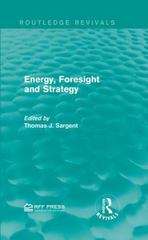Question
Suppose a hypothetical open economy uses the U.S. dollar as currency. The table below presents data describing the relationship between different real interest rates and
Suppose a hypothetical open economy uses the U.S. dollar as currency. The table below presents data describing the relationship between different real interest rates and this economy's levels of national saving, domestic investment, and net capital outflow. Assume that the economy is currently operating under a balanced government budget.
| Real Interest Rate | National Saving | Domestic Investment | Net Capital Outflow |
|---|---|---|---|
| (Percent) | (Billions of dollars) | (Billions of dollars) | (Billions of dollars) |
| 7 | 50 | 25 | -15 |
| 6 | 45 | 35 | -10 |
| 5 | 40 | 45 | -5 |
| 4 | 35 | 55 | 0 |
| 3 | 30 | 65 | 5 |
| 2 | 25 | 75 | 10 |
Given the information in the table above, use the blue points (circle symbol) to plot the demand for loanable funds. Next, use the orange points (square symbol) to plot the supply of loanable funds. Finally, use the black point (cross symbol) to indicate the equilibrium in this market.



Step by Step Solution
There are 3 Steps involved in it
Step: 1

Get Instant Access to Expert-Tailored Solutions
See step-by-step solutions with expert insights and AI powered tools for academic success
Step: 2

Step: 3

Ace Your Homework with AI
Get the answers you need in no time with our AI-driven, step-by-step assistance
Get Started


